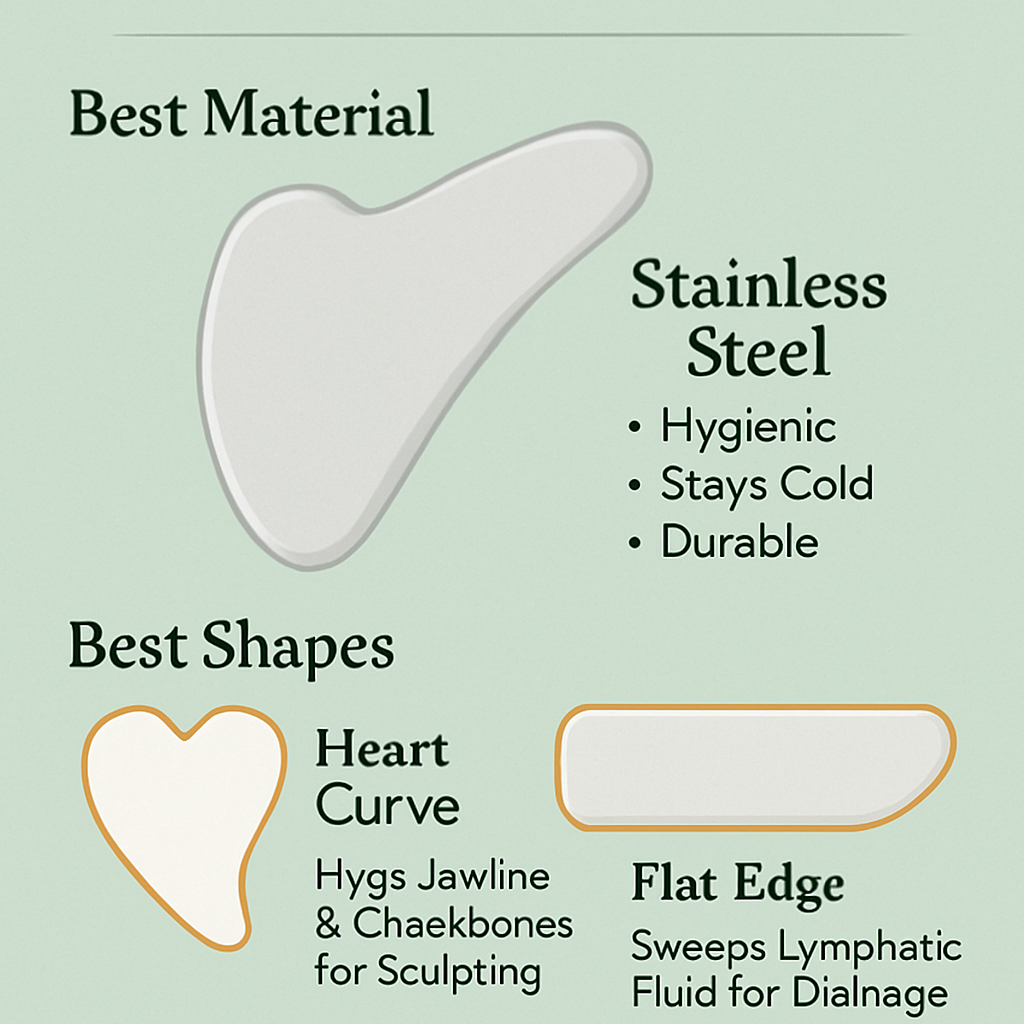Introduction to Crooked Nose
A crooked nose, often a source of concern for many, refers to a nasal structure that deviates from the central axis of the face. This deviation can be subtle or pronounced, affecting the overall balance and symmetry of one’s facial features. The causes behind a crooked nose are diverse, encompassing both congenital and acquired factors. Congenital factors include genetic predispositions and developmental anomalies that occur during the fetal stages, leading to an asymmetrical nasal framework. On the other hand, acquired causes are typically the result of external influences such as trauma, injury, or previous surgical procedures.
Commonly, nasal fractures from sports injuries, accidents, or physical altercations can displace the nasal bones or cartilage, resulting in a crooked appearance. Additionally, conditions like septal deviations, where the nasal septum—the partition between the two nasal cavities—is off-center, can contribute to the crookedness. Such deviations might occur naturally or due to trauma and can affect not only the nose’s appearance but also its functionality, potentially causing breathing difficulties.
Beyond the physical implications, a crooked nose can significantly impact an individual’s self-esteem and confidence. In a society that often places high value on facial aesthetics, deviations from perceived norms can lead to feelings of self-consciousness and social anxiety. The quest for facial symmetry is not merely about vanity but also about the psychological comfort that comes from perceiving oneself as fitting within certain aesthetic standards. Addressing a crooked nose, therefore, is not solely a cosmetic endeavor but a holistic approach to enhancing one’s overall well-being.
Common Misconceptions About Natural Nose Straightening
When it comes to the topic of natural nose straightening, numerous misconceptions abound. One prevalent myth is that natural methods can achieve the same results as surgical procedures. While non-surgical techniques may offer slight improvements in the appearance of a crooked nose, they cannot entirely replicate the results achieved through surgical interventions such as rhinoplasty.
Another common misconception is the belief that natural remedies, such as facial exercises or massages, can completely straighten a crooked nose. While these practices may help in improving the overall symmetry and appearance of the nose, they cannot fundamentally alter its bone or cartilage structure. It is essential to understand that the efficacy of these methods is limited and varies from person to person.
Additionally, some people believe that certain natural ingredients or topical applications can permanently straighten the nose. Despite various claims, there is no scientific evidence to support the effectiveness of such treatments. It is crucial to approach these assertions with skepticism and prioritize reliable information from credible sources.
It’s also worth mentioning that while natural methods can offer some aesthetic enhancements, they require consistent and long-term commitment. Unlike surgical procedures that provide immediate results, natural techniques necessitate patience and regular practice to observe noticeable changes. Setting realistic expectations is vital to avoid disappointment and frustration in the pursuit of a straighter nose.
Overall, while exploring natural methods for straightening a crooked nose, it is important to acknowledge their limitations. These techniques can contribute to minor improvements in appearance but cannot replace the outcomes of surgical procedures. Being informed about what natural methods can and cannot achieve helps in making educated decisions and setting realistic goals.
Facial Exercises for a Straighter Nose
Facial exercises can be a non-invasive method to potentially straighten a crooked nose by toning and strengthening the muscles around the nasal area. While these exercises may not yield dramatic results, they can contribute to subtle improvements over time. Below are specific exercises designed to target the muscles around the nose, along with step-by-step instructions and recommended frequency and duration.
Nose Shortening Exercise
1. Place your index finger on the tip of your nose.
2. Apply gentle pressure while pushing the tip of your nose upwards.
3. Simultaneously, use your nose muscles to push against your finger.
4. Hold this position for a few seconds and then release.
5. Repeat this exercise 10-15 times daily to help build muscle strength and potentially reduce the appearance of a crooked nose over time.
Nose Straightening Exercise
1. Using your thumb and index finger, grab the bridge of your nose.
2. Apply gentle pressure while attempting to straighten the nose.
3. At the same time, use your other fingers to pull your nose downwards.
4. Hold for a few seconds before releasing.
5. Perform this exercise 10-15 times daily to help align the nose muscles and potentially achieve a straighter appearance.
Breathing Exercise
1. Sit comfortably and close one nostril with your finger.
2. Inhale deeply through the open nostril.
3. Exhale slowly while tightening the nose muscles.
4. Switch to the other nostril and repeat the process.
5. Perform this breathing exercise for 5 minutes daily to enhance muscle control and support minor adjustments to the nose structure.
Consistency is key when it comes to these facial exercises. Incorporate them into your daily routine and patiently observe any subtle improvements over time. While these exercises may not replace professional medical treatments, they provide a natural alternative for those seeking minor corrections to a crooked nose.
Nose Shaping Tools and Devices
In recent years, non-surgical tools and devices designed to help straighten a crooked nose have gained significant popularity. These innovative solutions offer an alternative for individuals seeking nose correction without the need for invasive procedures. Among the most common products available are nose shapers, clips, and splints. Each of these tools aims to gently reshape the nasal cartilage over time, providing a gradual improvement in appearance.
Nose shapers are typically made from soft, flexible materials that fit comfortably over the nose. They apply consistent pressure to specific areas, encouraging the cartilage to mold into a more desirable shape. Many users report noticeable changes after regular use, with some products boasting positive reviews from satisfied customers. For instance, the Nose Lifter, a popular choice, has received praise for its comfort and effectiveness.
Nose clips, on the other hand, are small devices that grip the nostrils, working to adjust the nasal structure. These clips often come with adjustable tension settings, allowing users to customize the pressure according to their comfort levels. Products like the Nose Magic Nose Shaper and the Beauty Star Nose Up Lifter have garnered attention for their design and functionality. User testimonials frequently highlight the ease of use and visible results after consistent application.
Lastly, nasal splints are more robust devices that provide a firmer hold on the nose. Typically recommended for post-surgical care, these splints can also be used by individuals seeking non-surgical nose straightening solutions. While they may be less comfortable than shapers or clips, their effectiveness is backed by medical professionals. Expert opinions suggest that nasal splints can be particularly beneficial for those with pronounced nasal deviations.
While these tools offer promising results, safety considerations are paramount. It is crucial to follow manufacturer guidelines and consult with a healthcare professional before starting any regimen. Incorrect usage can lead to discomfort or even injury, emphasizing the importance of proper application. Overall, non-surgical nose shaping tools and devices represent a viable option for those looking to enhance their nasal appearance naturally.
The Role of Massage Techniques
Regular nose massages can offer an accessible and non-invasive approach to potentially realigning a crooked nose and improving facial symmetry. This method harnesses the benefits of gentle manipulation and pressure to stimulate the nasal cartilage, encouraging a more symmetrical appearance over time. By incorporating specific massage techniques into one’s routine, individuals can promote better nasal alignment without surgical intervention.
One effective technique involves using the thumb and index finger to apply gentle pressure along the sides of the nose. Begin at the bridge and move downwards towards the nostrils, exerting even pressure. This method, when performed consistently, can help to mold the cartilage and support improved symmetry. Another technique includes using the index fingers to apply upward pressure from the base of the nostrils to the bridge, focusing on areas where asymmetry is most pronounced.
For optimal results, it is recommended to perform these massage techniques for at least five minutes daily. Consistency is key, as gradual and steady pressure over time can lead to noticeable improvements. Additionally, incorporating the use of essential oils or creams can enhance the effectiveness of the massage. Oils such as jojoba, almond, or rosehip are ideal choices due to their moisturizing properties and ability to reduce inflammation. Ensure to warm the oil slightly before application, as this can improve absorption and make the massage more comfortable.
It is important to approach these techniques with care, avoiding excessive force which could potentially cause harm. Consulting with a healthcare professional before beginning any new regimen is advisable, particularly for individuals with pre-existing nasal conditions or sensitivities. Through regular practice of these gentle massage techniques, individuals can explore a natural and holistic method for addressing nasal asymmetry and achieving a more balanced facial appearance.
Diet and Lifestyle Adjustments
Dietary and lifestyle adjustments play a significant role in supporting the natural straightening process of a crooked nose. Ensuring the body is well-hydrated is fundamental, as water is vital for maintaining skin elasticity and overall health. Adequate hydration helps in keeping the skin and cartilage supple, which may contribute to the nose’s natural alignment over time.
A balanced diet rich in nutrients that promote skin and cartilage health can also be beneficial. Vitamins A, C, and E, along with minerals such as zinc and selenium, are crucial for maintaining healthy skin and cartilage. Incorporating foods high in these nutrients, such as leafy greens, citrus fruits, nuts, seeds, and lean proteins, can support the body’s natural healing processes and potentially aid in the straightening of a crooked nose.
In addition to dietary considerations, certain lifestyle habits should be avoided to prevent exacerbating the nose’s crookedness. For instance, sleeping on one side consistently can apply uneven pressure on the nose, potentially worsening its alignment. It is advisable to sleep on the back or alternate sides to distribute pressure more evenly. Additionally, avoiding activities that put undue stress on the nose, such as rough sports without proper protection, is crucial.
Regular facial exercises can also contribute positively to the alignment of the nose. Simple exercises, such as massaging the nose gently from the bridge to the tip, can help in gradually reshaping it. These exercises, combined with a healthy diet and mindful lifestyle habits, can collectively support the natural straightening process of a crooked nose.
When to Seek Professional Help
While natural methods for straightening a crooked nose can be effective in some cases, there are situations where professional intervention may be necessary. Understanding when to seek the expertise of a healthcare professional or a cosmetic surgeon is crucial for achieving the best results and ensuring overall health and safety.
One of the primary indicators that natural methods may not suffice is persistent or severe nasal asymmetry. If your nose has a significant deviation or if the crookedness is due to structural issues such as a deviated septum, professional evaluation is essential. A deviated septum can impede breathing, cause frequent sinus infections, and lead to sleep disturbances, making medical intervention a necessity.
Additionally, if you have tried various natural remedies and exercises without noticeable improvement, it may be time to consult a healthcare professional. Cosmetic surgeons and ENT (Ear, Nose, and Throat) specialists can provide a thorough assessment to determine the root cause of the crookedness and recommend appropriate treatments. These professionals can offer a range of solutions, from non-invasive procedures like fillers to surgical options such as rhinoplasty.
Rhinoplasty, a surgical procedure to correct the shape and function of the nose, is often considered for more severe cases. This surgery can address both cosmetic concerns and functional issues, providing a permanent solution for a crooked nose. It is essential to choose a qualified and experienced surgeon for this procedure to ensure the best possible outcome.
Professional evaluation and personalized treatment plans are vital for addressing a crooked nose effectively. A healthcare provider can offer options tailored to your specific condition, ensuring that both aesthetic and functional aspects are considered. While natural methods can be beneficial, recognizing when professional help is needed can lead to more satisfactory and lasting results.
Conclusion and Final Tips
In conclusion, natural methods for straightening a crooked nose can be effective for minor cases, provided they are approached with patience and consistency. Techniques such as facial exercises, massage, and the use of certain essential oils can help in gradually aligning the nasal structure. These methods, while non-invasive, require dedication and regular practice to yield visible results.
It’s important to remember that the effectiveness of these natural methods may vary from person to person. Factors such as the underlying cause of the crooked nose, the degree of misalignment, and individual anatomical differences play significant roles in the outcome. Thus, setting realistic expectations is crucial.
To maintain the results achieved through these natural methods, one should integrate them into their daily routine. Consistent practice of facial exercises and regular gentle massage can contribute to sustaining the improvements. Additionally, maintaining overall facial health through proper skincare and hydration can support the structural integrity of the nose.
We encourage readers to be patient with their progress and not to be discouraged by slow changes. Natural remedies often take time to show results, and persistence is key. For those who have tried these methods, we invite you to share your experiences and insights in the comments section below. Your feedback can provide valuable information to others who are on the same journey.
If you have any questions or need further guidance, don’t hesitate to ask. Our community is here to support each other in achieving the desired outcomes through natural, non-invasive methods. Remember, a consistent and patient approach is essential for success in straightening a crooked nose naturally.




